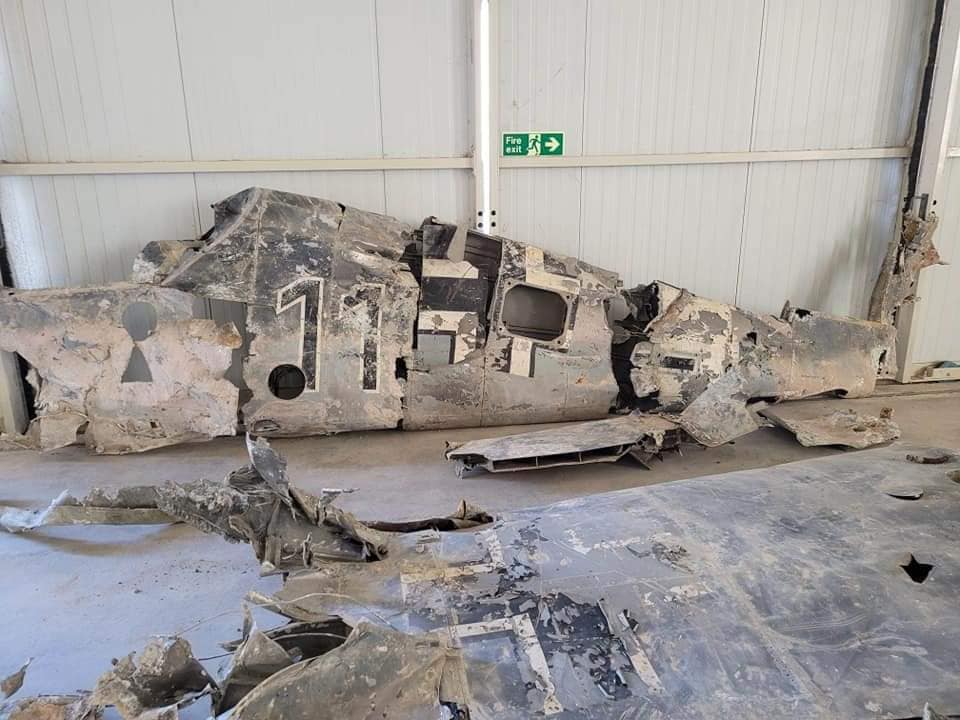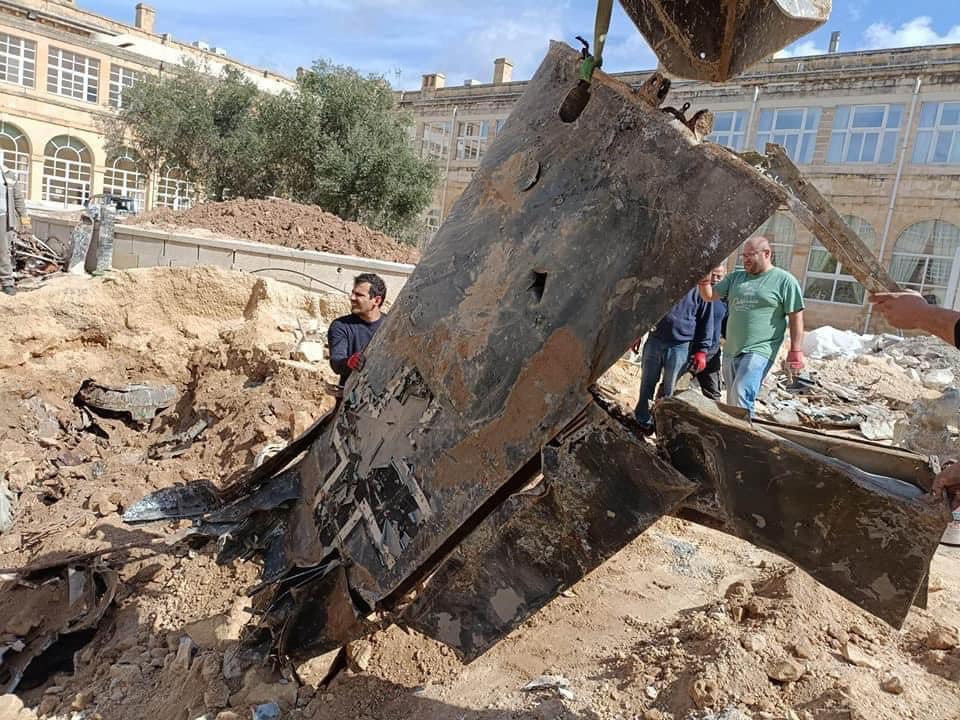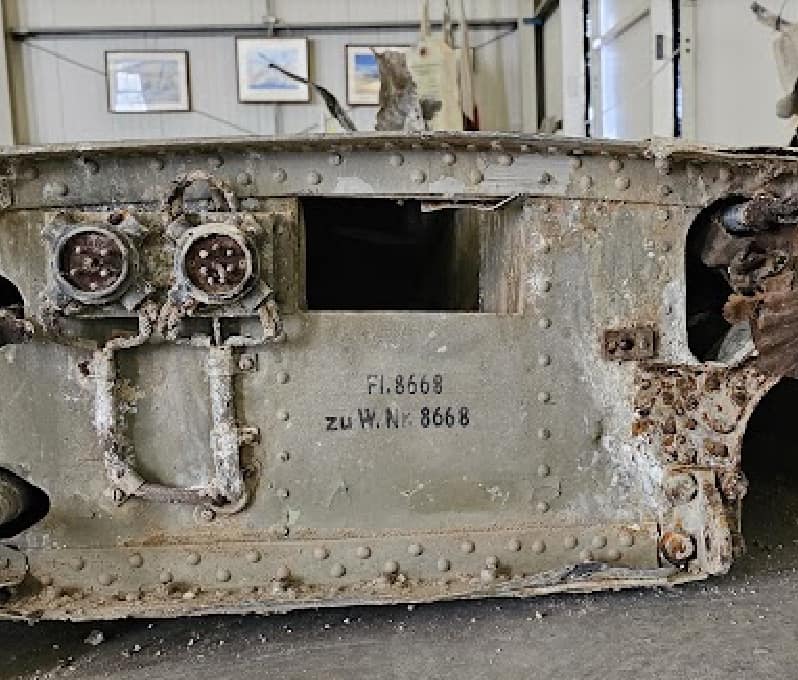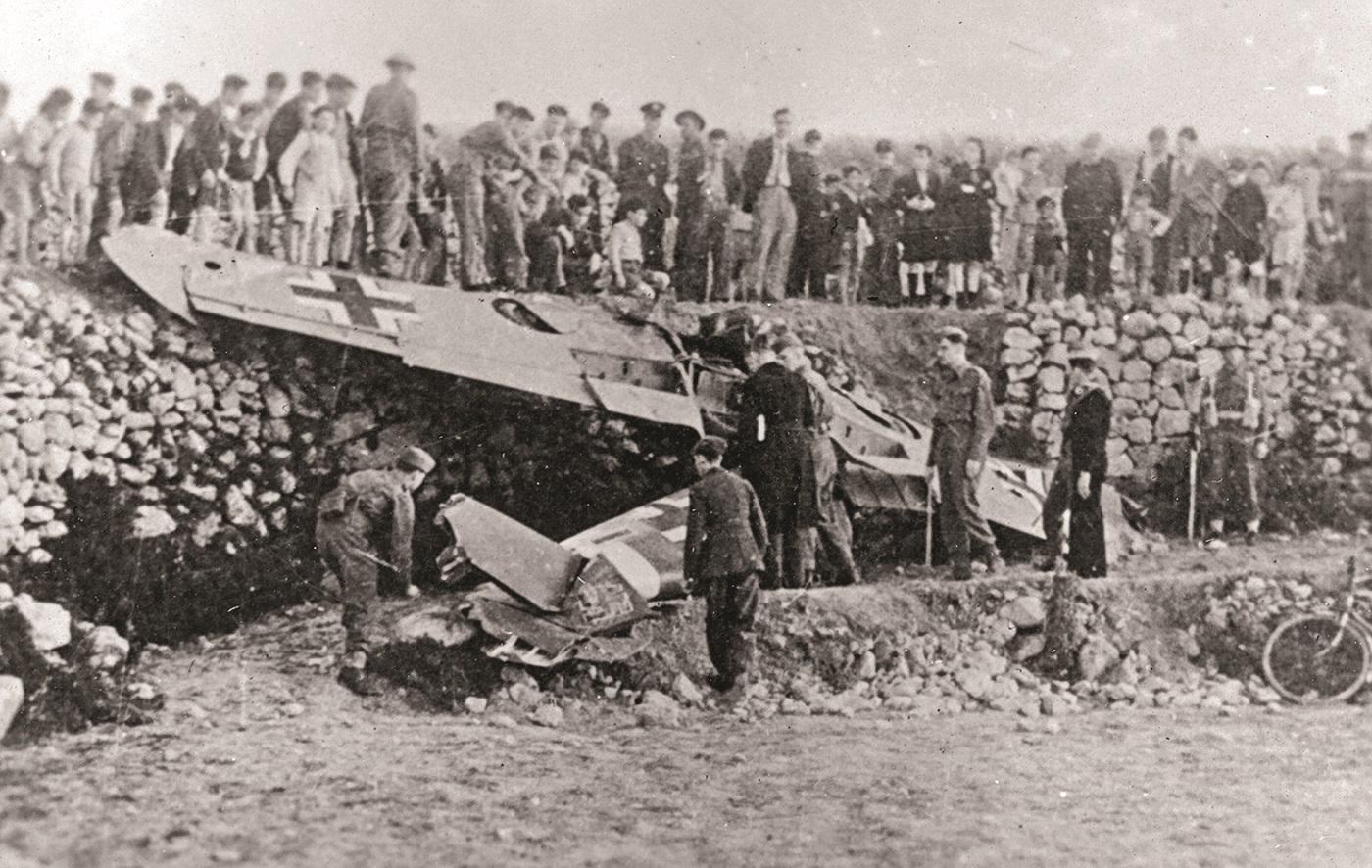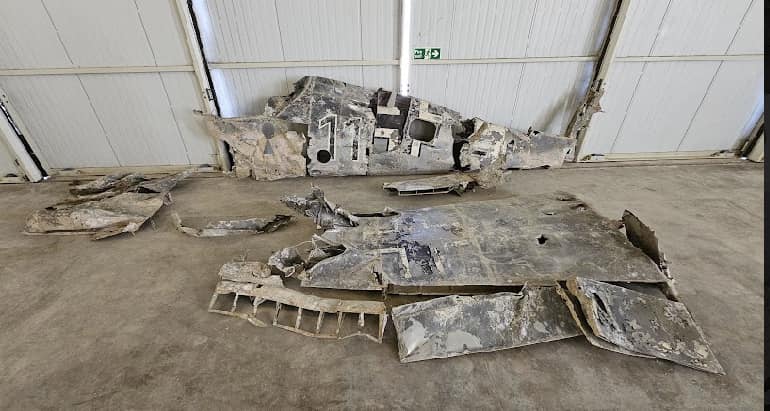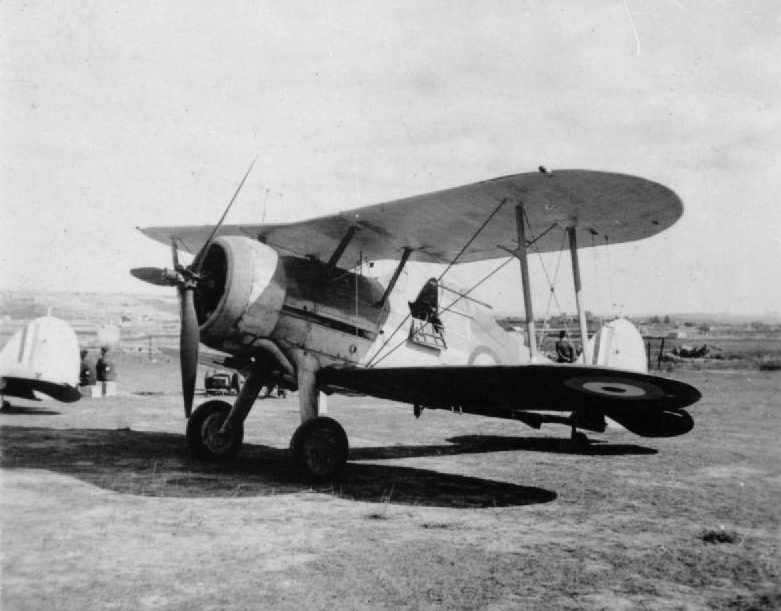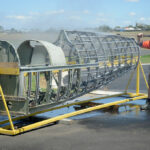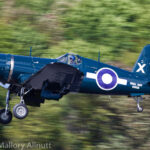by Richard Mallory Allnutt
The island of Malta suffered terribly during the first three years of WWII, its people withstanding an almost impenetrable maritime blockade and near constant aerial attack from Axis forces trying to pulverize their spirit into submission. But, with help from the Allies, the nation endured. Even so, that constant enemy onslaught left the island littered with military debris, of both Axis and Allied origin. There was little time during the war to dispose of the wreckage in an orderly fashion, so much of it was simply pushed into convenient holes, or even bomb craters, and covered up. Eight decades on, some of this war detritus is still resurfacing, as happened recently with the discovery in late February of the substantial remains of a Messerschmitt Bf 109F-4, its battered port wing and fuselage preserved so well that much of the Luftwaffe fighter’s original paintwork survives.
An excavation crew discovered this trove of aircraft parts as they prepared some land at a residence in St.Vincent de Paul for a construction project. The Malta Aviation Museum received a call, and gained official permission to recover the remains, which they did with great success. The aft fuselage and much of the port wing were the most substantial elements collected. Amazingly, the museum has been able to discover the aircraft’s actual identity, or Werk Nummer, painted recognizably at the wing root bulkhead; it reads simply “W.Nr 8668”.
According to the Malta Aviation Museum, this Werk Nummer corresponds to a Bf 109F-4/Z of 5.JG3 which crashed during a raid over Malta on April 1st, 1942. Unteroffizier Hans Pilz was at the controls, pursuing an RAF fighter at low level when his Messerschmitt took hits, presumably from ground fire, and bellied in on a farm. Pilz survived the crash relatively unscathed, despite the aircraft flipping on its back; he spent the rest of the war in a POW camp.
The Malta Aviation Museum is well known for its fine collection of aircraft, some of which are airworthy. In correspondence with the museum, one of their key personnel, David Polidano, informed us that the wreck is in such good condition that they have chosen to conserve and preserve it for display more or less ‘as is’ rather than perform any active restoration work. To the author’s mind, this seems the most sensible path to follow, given that anything more radical would essentially erase the details which make the wreck such a compelling artifact.
So while the Malta Aviation Museum has the wherewithal to restore the Messerschmitt, conservation is the best route forwards in this particular case. That being said, the museum has a skilled team of engineers at its disposal, successfully completing the airworthy restoration of a former Royal Air Force de Havilland Tiger Moth (DE730) in recent years. They are presently embarked upon the far more complex task of resurrecting Gloster Sea Gladiator N5519 to flying condition. The latter is especially interesting, given the fighter’s significance to the island. During the earliest days in the Siege of Malta, little more than a handful of Fleet Air Arm Sea Gladiators were available to repel Axis air raids. Their pilots (and maintenance crews) acquitted themselves admirably in this task, despite the heavy odds against them. N5519, better known by its nickname, Charity, was one of the fabled three Sea Gladiators (dubbed after the fact as ‘Faith’, ‘Hope’ and ‘Charity’) which held the line in June, 1940. The mythology which built up around this trio in subsequent years is hard to unweave, but it is fair to say that the Gladiator still has a special place in the hearts of many Maltese. We expect to publish a story on this ambitious, well-planned project in the near future, but for those already interested in helping support the museum, please click HERE to learn how.
Many thanks indeed to David Polidano for his help in this article, and for providing permission to use the Malta Aviation Museum’s images. We wish the museum much success in their upcoming projects and look forwards to following some of those stories in future articles.







